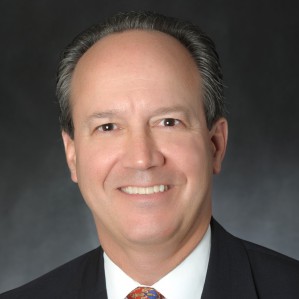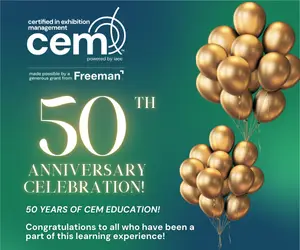Originally published by Trade Show Executive
Gone are the days of sitting on the professional sidelines. The linear approach of “I just need to show up to work and do my job to advance” has been transformed by a much more spherical attitude involving diversity, interactivity and community-driven career development. Today’s career path looks more like circles that overlap than a straight line – or even an arc – and organization leaders who want to attract and retain the best team members must not only understand that, but shape their strategies around it.
Much of this has to do with the demographics of today’s shifting workforce, as Baby Boomers opt for retirement and Gen Xers, Millennials and Generation Z are becoming the majority of the team. There is a greater expectation from the younger workforce of their executive leaders to be sensitive to the diversity of each group, yet maintain a sense of unity across the organization.
It is important to keep in mind that we are talking about more than the standard mindset of what “diversity” encompasses: age, gender, ethnicity, etc. Today’s diversity includes corporate culture considerations such as work/life balance, meaningful engagement of your employees, and an organization’s social responsibilities such as sustainability and social giving programs. Again, companies are expected to step up to the plate when it comes to addressing these needs.
Did I say needs? Yes. What used to be considered lifestyle choices kept strictly out of the office are now integrated business practices to today’s workforce. Upper management cannot bury its head in the sand when it comes to working with the overlapping of personal and business universes. Work affects people’s lives and people affect an organization, which means that organization leaders must plan accordingly.
A positive result of this integrative perspective is the level of interactivity it brings from your team members. Today’s workforce is more inclined to continue producing outside of the office because they identify their work with who they are, as opposed to “just a job to pay the bills.” Younger business professionals have built stronger networks in shorter time frames than their predecessors, using technology and more personal settings such as business meet-ups to fulfill professional and personal interests.
This intertwining of business and personal connections can lead to a more engaged and dedicated member of your team. Studies conducted by the Center for Exhibition Industry Research (CEIR) have shown that Millennials view their role in an organization as a representation of their personal ideals and standards, and they typically hold their performance to a higher standard. In exchange, they expect companies to invest in their professional growth.
IAEE does not see this trend going away anytime soon, which is why we offer our members the opportunity to share their knowledge and experiences through participation in their local chapters and through mentorship programs. We also encourage members to affect change by serving on our various committees, councils and task forces. In exchange, we assume great responsibility in nurturing career development opportunities for our members.
In order to meet the demands of our various member communities, we strive to provide tailored learning and leadership experiences across a vast range including young professionals, industry veterans, women’s initiatives, large show organizers, consumer event show organizers and members engaged in their CEM Certification Journey. This is how we stay relevant to IAEE members, and the exhibitions and events industry as a whole.
While each organization must customize its strategies to its own communities, the concept remains the same: invest in your constituency if you want them to invest in you. As an executive leader, it is important to stay within the spheres of what is important and needed by your stakeholders.
David DuBois, CMP, CAE, FASAE, CTA
President & CEO
IAEE


